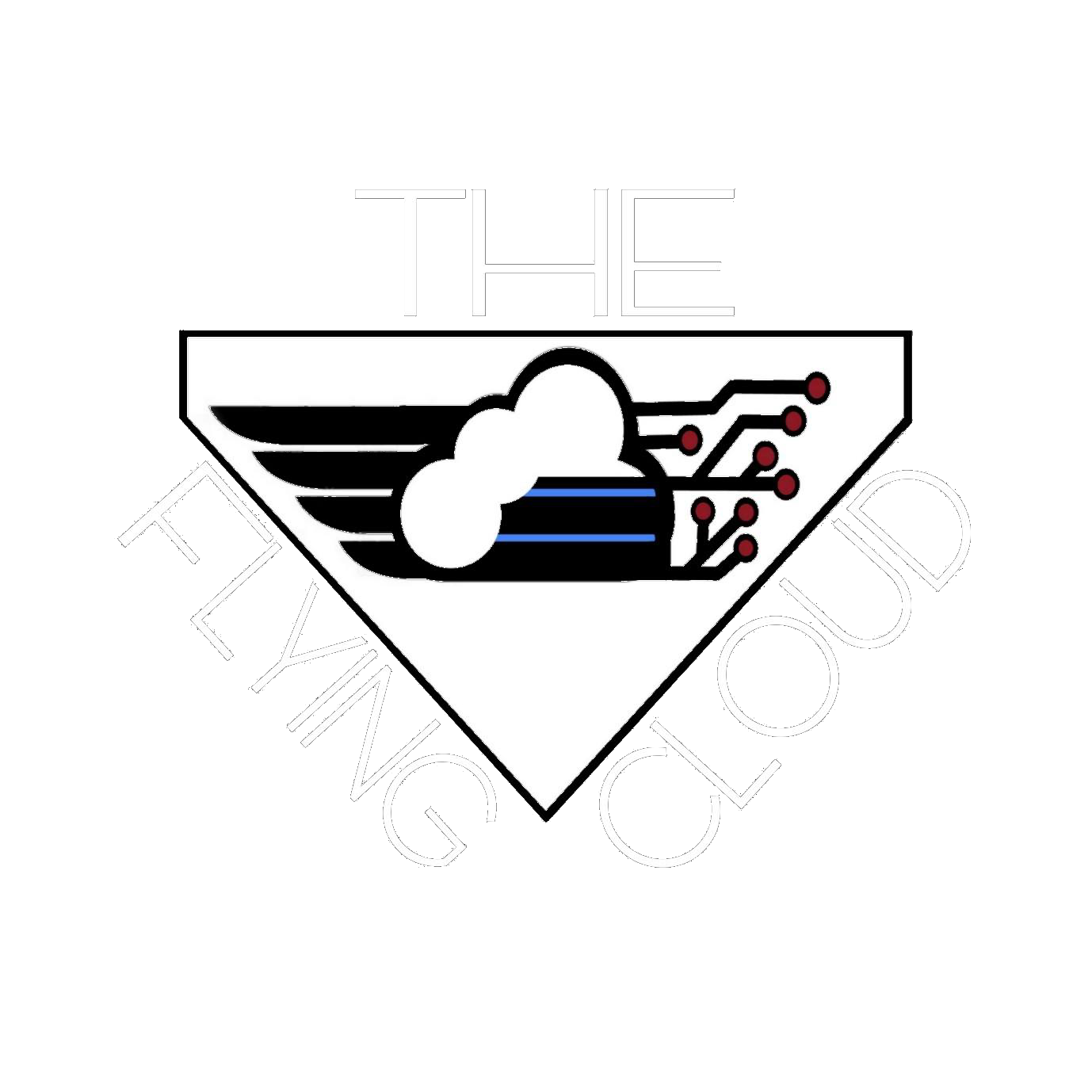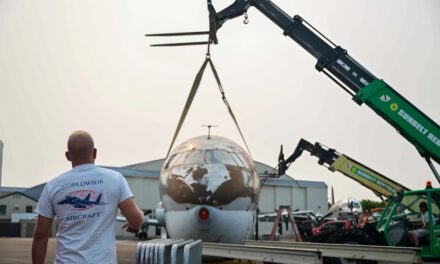Learning to fly after 55
Air Facts Journal
Editors Note: May is Learn to Fly Month at Sporty’s featuring articles, videos product specials and more across multiple platforms all supporting our amazing aviation community. To welcome in the month-long celebration, Air Facts is pleased to share this inspiring 2021 article from contributing author, David Smith.
The Covid pandemic at least had one positive outcome for me: achieving my Private Pilot license. I have always wanted to share my journey and offer some lessons learned and tips for those that are either learning how to fly or are considering it—especially if you are 55 years of age or older.
Where did my love of flying begin? Both my father and mother took flying lessons from a flight instructor, Joseph Susi (now deceased). He moved into our home as a boarder, my parents divorced, and my mother married the CFI. My dad did get his Private Pilot license and my mom only soloed.
Many times as a teenager I would hang around the airport watching the general aviation planes come and go. In my early 20s, Joe (my stepfather) would take me up and give me some lessons in a Cessna 150—I would pay for the fuel. Eventually, college and career got in the way and flying lessons stopped.
Fast forward 40 years later, and here I was in Covid 2020—working from home and growing bored with flying in X-Plane, a computer-based simulator. I started my flight instruction at a flight school at a Class D airport and quickly learned that while air traffic control offers some great radio practice, you do pay for the time the propeller is spinning and you can waste a lot of time on the taxiway or just holding short while the meter is running (Hobbs).
I decided to make a change to a closer flight school that was a non-towered airport. In contacting the school, I requested a flight instructor closer to my age (60s) and was offered the chief flight instructor. During our introductory flight I told him the story above regarding my parents and then he said, “oh, he taught me how to fly.” So, imagine that: I was now taking flying lessons from a CFI who had lessons from my stepfather!
Here are some tips and lessons learned if you are just now starting your journey to Private Pilot.
If you are over 55, understand that it helps if you are in pretty good physical shape. There will be times you may have to climb up on a high wing aircraft like a Cessna 172 to check the fuel in the tanks or add fuel to the tanks. You will most likely have to pull the plane out of a hangar or parking as well as put it back. Spend some time lifting some weights and do some aerobic exercise (I walk three miles a day and do lift weights three days a week).
Choose your headset carefully and don’t cheap it out. I made the mistake of not getting a headset with Bluetooth and when I wanted to use ForeFlight on my iPad, I couldn’t hear alerts from the ADS-B—“Traffic 1,000 feet below.” I now use Bose A20 with Bluetooth.
Understand that early during training words like “spins,” “stalls,” and “steep turns” may scare you half to death—they did me. There is a wonderful feeling in facing your fears and coming out of it with accomplishment. In the end, none of those words will scare you and you will look back and say, “it really wasn’t that bad.”
These maneuvers–along with others–will be required for you to perform during your check ride. I found that often these are taught early on during your instruction and then again at the end. Ask your instructor to include them along your journey so that when checkride time comes, you are not trying to get used to them again.
During my long three-hour required solo flight in the heat of summer, I learned that the heat convection off the surface of the earth made it bumpy, as well as the missing 200 pounds of my CFI. Understand that as the weight of the plane gets less, you will more likely feel the bumps in the air. You’ll get used to it and not even think about it over time.
Check to be sure that your flight school will allow you to fly beyond the required solo hours–my first flight school did not, second school did.

Don’t forget to enjoy the view once in awhile—even if it means you fly beyond your required solo hours.
Of all the repetitive things you will do, landings are always different and don’t expect to land like a passenger jet. Spend time on working on the stabilized approach and remember that airspeed is your life! Never shy away from going around. Never think that going around makes you a failure; it makes you a very safe and smart pilot.
Be aware of a tailwind that may push you past making the turn to final, which might tempt you to make a steep turn from base to final at low airspeed. This can put the plane in a stalling situation and spin, which can result in death–go around!
I video recorded my lessons (with my CFI’s approval) using a GoPro Hero 8 with an Audio Adapter Cable (so I could capture headset and radio communication). It was helpful to go back and watch and listen.
While you may like strapping an iPad to your thigh as a student pilot (using something like ForeFlight), you’ll find that when you are flying solo either as a student or a Private Pilot, the looking up and down motion can initiate disorientation. I now use the new iPad mini (more screen real-estate) and a suction mount to place it on the left side windshield. I tried using an iPad Pro 11” (too big) and an iPhone Pro Max (screen too small).
As your lessons begin you may be thinking, I should get a flight bag to carry my headset. Don’t make the mistake that I did and buy just some little bag—soon you’ll find out it’s too small. So now as a Private Pilot, what all is in my bag?
- Headset, logbook, sunglasses case (be sure to NOT use polarized sunglasses if you want to see some avionics like the GPS screen).
- Cloth for cleaning the windshield (I hate bug splats), cameras, mounts, audio adapter cable, Sentry ADS-B, battery pack, leg strap for writing pad, sectional chart, E6B calculator (although I use an app for that on my iPhone).
- A place for my iPad and extra cables for charging.
Now finally, I would like to inform you that if you think it’s all about just sitting in the left seat next to your CFI to accomplish the requirements to Private Pilot, you will fail. Below are some tips on what you need to do in addition to just getting up in the air with your CFI. The following is a list of what I used to pass both the Knowledge Test and my checkride:
- Online ground school from Kings Schools. Their format and testing of knowledge as well as sample tests are great. I got an 88% on my test
- Books: when possible, I used the Apple Books app to study in a digital format as it helps to mark pages, lookup words and phrases, and is easy to read during down time. The follow are the books I used:
- POH for the airplane used for lessons and checkride
- Pilot’s Handbook of Aeronautical Knowledge
- Airplane Flying Handbook
- Private Pilot Oral Exam Guide
- 2021 FAR/AIM – there is also a great app for iOS for this
- Pass Your Private Pilot Checkride by Jason Schappert (both PDF and audio book)
- Practice flights using a computer-based simulator like X-Plane or Microsoft Flight Simulator.
- Take advantage of free tools like YouTube, AOPA, FAA hosted webinars and alerts.
Now I am working on my Instrument Rating so that I can be a safer and more knowledgeable pilot.
The post Learning to fly after 55 appeared first on Air Facts Journal.




